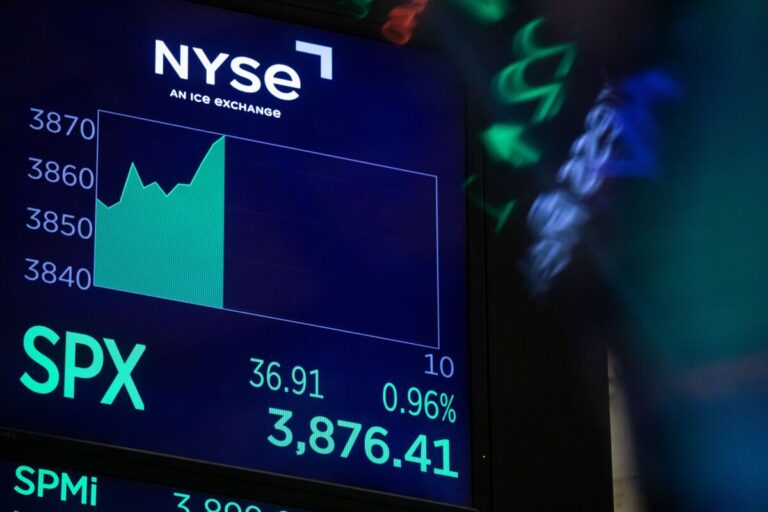For decades, a popular theory has held that US stocks tend to rise more in January than in other months. The existence of this phenomenon, known as the January effect, once appeared to be undeniable as studies showed gains several times larger in January than in an average month. The effect was most pronounced among small-company stocks from 1940 to the mid-1970s. But it seemed to shrink through around 2000 and hasn’t been as reliable since.
The discovery of the January market anomaly is widely attributed to Sidney Wachtel, an investment banker who ran an eponymous financial firm and identified the January outperformance in 1942. Using about two decades of data, he observed in a published paper that smaller stocks, which typically trade in lower volumes than large-company stocks do, tended to rise and outperform their larger peers considerably in January.
Read More: Is the Stock Market’s ‘January Effect’ Real?



